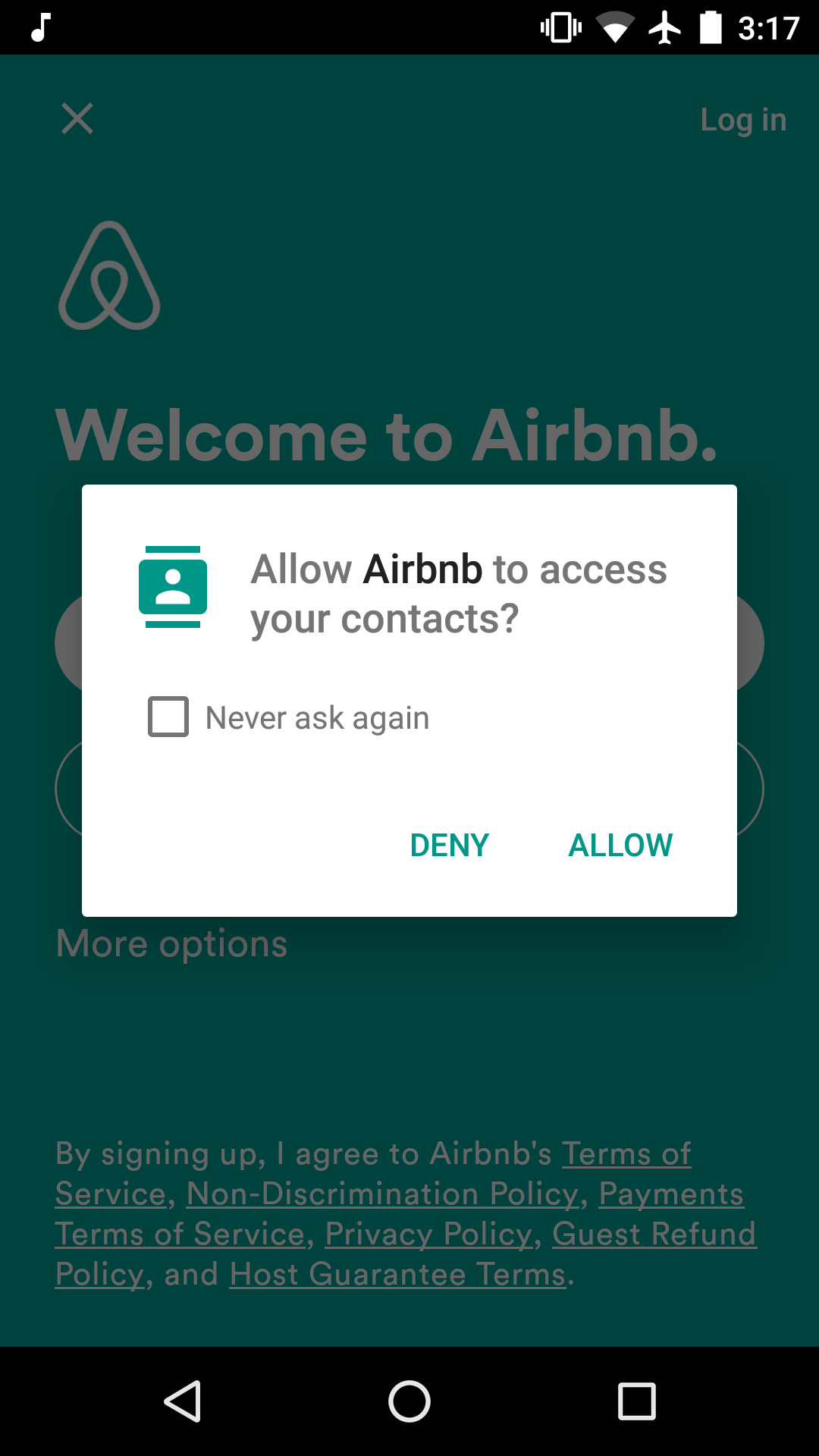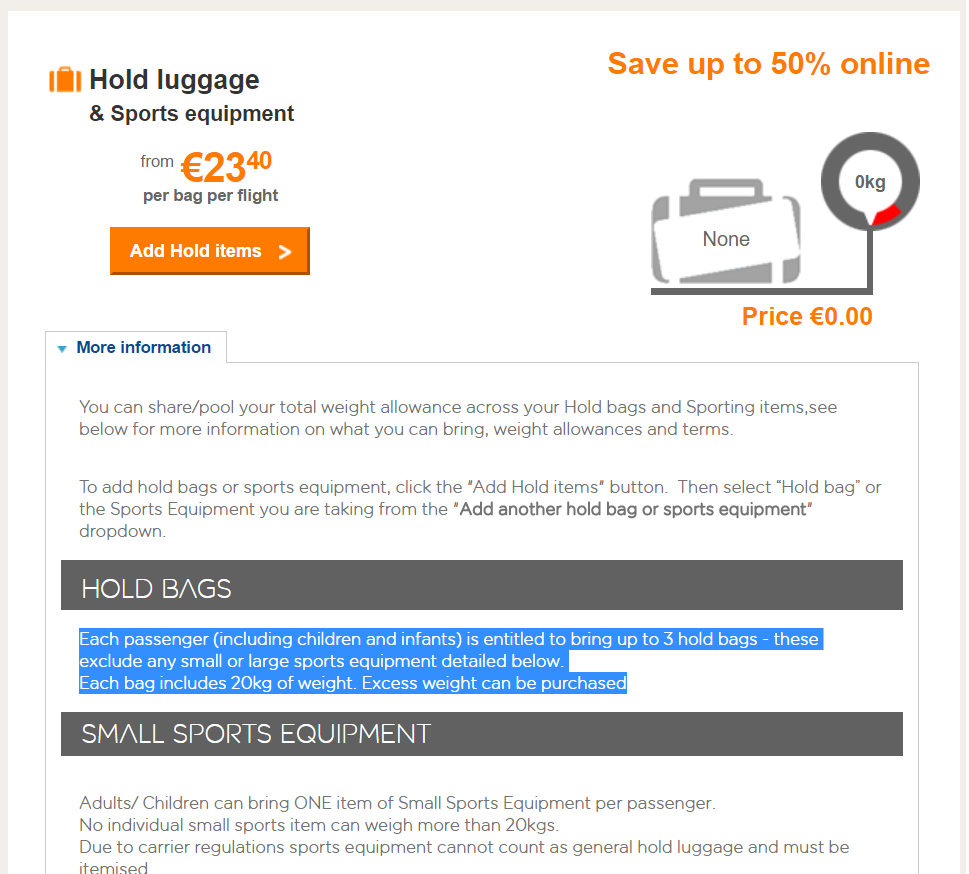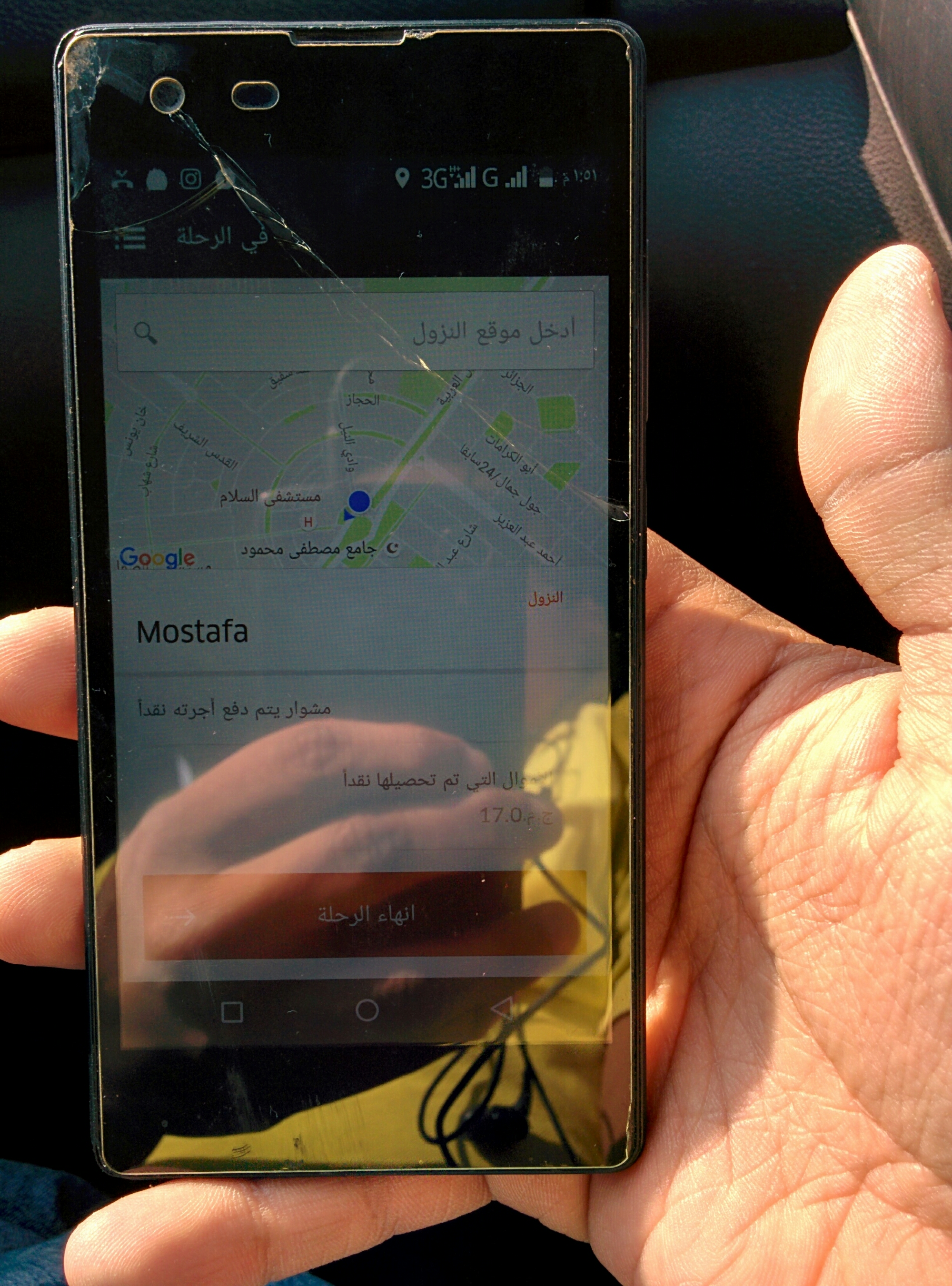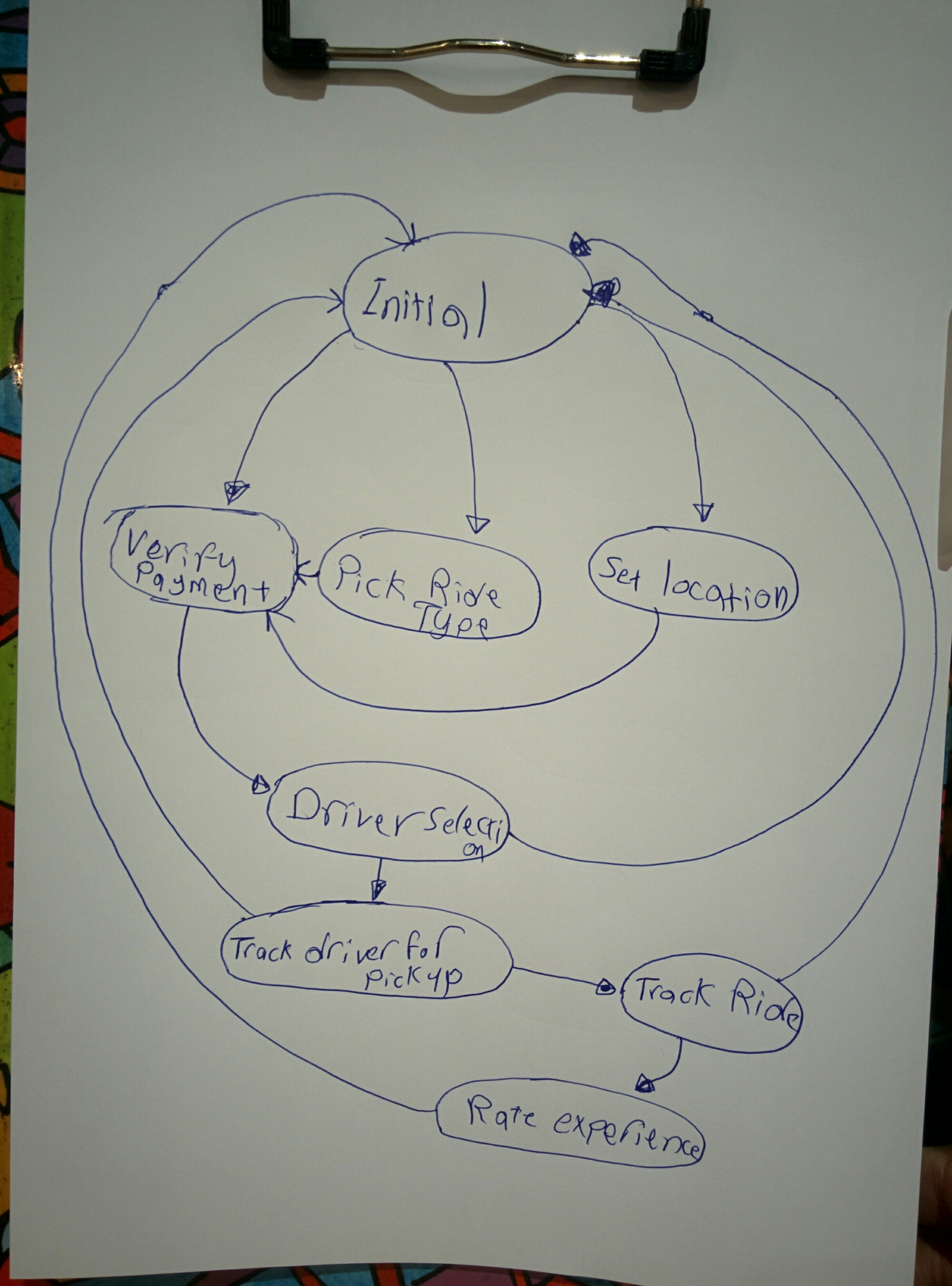Bloomberg reported that Uber’s middle east rival Careem is raising $500m round at $1 billion post money.
Few weeks ago I listened to this recode podcast with Bill Gurley of benchmark capital. Bill is on the Uber’s board of directors and they invested in Uber’s A round.
Reading the Bloomberg report reminded me of this part from Bill’s interview. The bold lines are the host’s words.
When is it going public?
You know, I don’t think that we’re going to be going public anytime in the near future because of all the issues that we just talked about. We have a large number of competitors, even with the deal done.
Well done, by the way.
Thank you. [Competitors] who are very deep pocketed, who have decided that their primary form of competition is not going to be like building a different app or a differentiated service or a different level, it’s just price. And so there are intense subsidy battles going on.
All over the world.
All over the world. And those companies, when they approach investors, tell them, “Uber is going to go public, and then they’re going to have to be profitable, and then we’re really going to sneak up on them with these discounts.” While that’s the game on the field, and it’s one that I find to be remarkably messy and ugly, I don’t think it would be in our best interest.
So raising more money is the way to go.
I don’t know if we need to. We have $9 billion in the bank and $2 billion of debt, which is the most any private company has ever raised.
It is clearly a massive subsidy war. Uber strategy is to end this war by introducing autonomous vehicles and replace all drivers. While this is happening in US, it won’t work in many other regions including the middle east, where Careem is operating.
I used to believe that Careem couldn’t do anything against Uber. Now I have some doubts.
Uber has great advantage when it comes to the tech. It is way better than Careem’s and Careem needs quite some time to reach a stable state.
Uber also has great advantage when it comes to the model’s efficiency. There is no call center, there is no direct interaction from Uber with the drivers beyond background checks and training. The Cairo office is being run by less than 10 people, putting most of the work on the car rental companies who give the drivers the license to operate legally for a fee.
Doing a back of the envelope calculation on Uber, I currently think they are profitable or reaching profitability very soon in Egypt. Due to
- There is a massive growth in number of drivers and rides.
- They are also cutting driver subsidies significantly (their biggest cost) & the current model only rewards very hard workers. Drivers who are doing 60-90 rides per week. I expect that most of the drivers are doing less than that making them pay the rewards for the 10-20% (personally estimated) who reach the bonus threshold (60-90 rides per week).
On the other side, Careem’s competitive edge used to be in accepting cash payments, which now Uber has.
If Careem succeeded in raising the above mentioned round, they might have a chance to play the long game against Uber, however I believe for Careem to win they should differentiate themselves on the following:
- Tech: The tech has to “just works” all the time. The app should be localized and catered for the region instead of just following whatever Uber is doing.
- CS: They should have an A class customer service. Uber is doing big changes to their customer service flow making it harder for users to reach them. Careem can differentiate on this if they managed to provide an Amazon level customer service while reducing the chances of issues happening.
- Driver incentives: Uber is cutting driver incentives significantly making many drivers unhappy. Can Careem provide a better model? A model where drivers switch from Uber to Careem? While Careem pricing is more expensive, I think Uber drivers make more money because they get more rides due to the bigger user base.
- Loyalty: Uber’s customer loyalty is coming from the quality of the service. Careem is doing some trials to make their customers more loyal by offering free credit/rides for the frequent ones. So far the rules for this isn’t clear. I think it could be another differentiation if done right.
Can Careem do all of this and be profitable?
Will one of them win? Who is it gonna be? Is it gonna be a massive “subsidy battle” as Bill Gurley said?
Will they coexist?
Will see.
I daily write my thoughts on technology, and life. Subscribe here if you want to receive my blog updates by email.









